| Structure | Name/CAS No. | Articles |
|---|---|---|
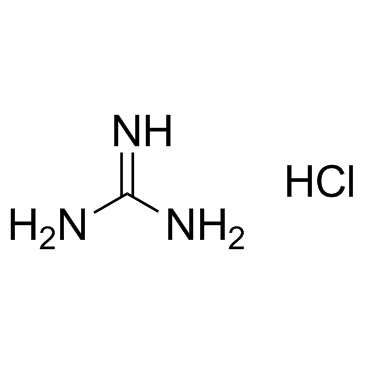 |
Guanidine hydrochloride
CAS:50-01-1 |
|
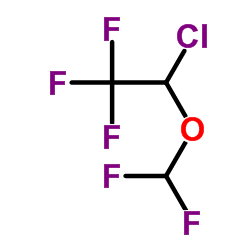 |
Isoflurane
CAS:26675-46-7 |
|
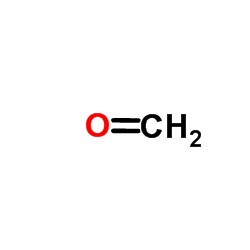 |
Formaldehyde
CAS:50-00-0 |
|
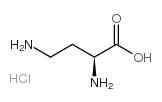 |
H-Dab.HCl
CAS:1482-98-0 |
|
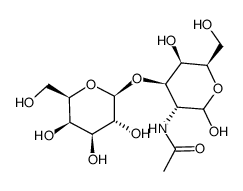 |
Galβ(1-3)GalNAc
CAS:20972-29-6 |
|
 |
acetic acid
CAS:1173022-32-6 |
|
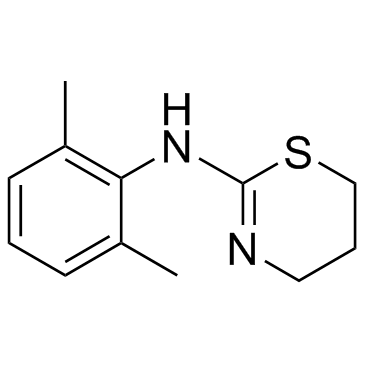 |
Xylazine
CAS:7361-61-7 |
|
 |
acetic acid
CAS:64-19-7 |
|
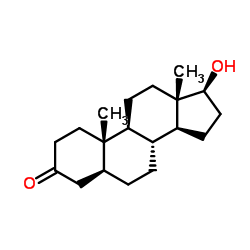 |
Stanolone
CAS:521-18-6 |